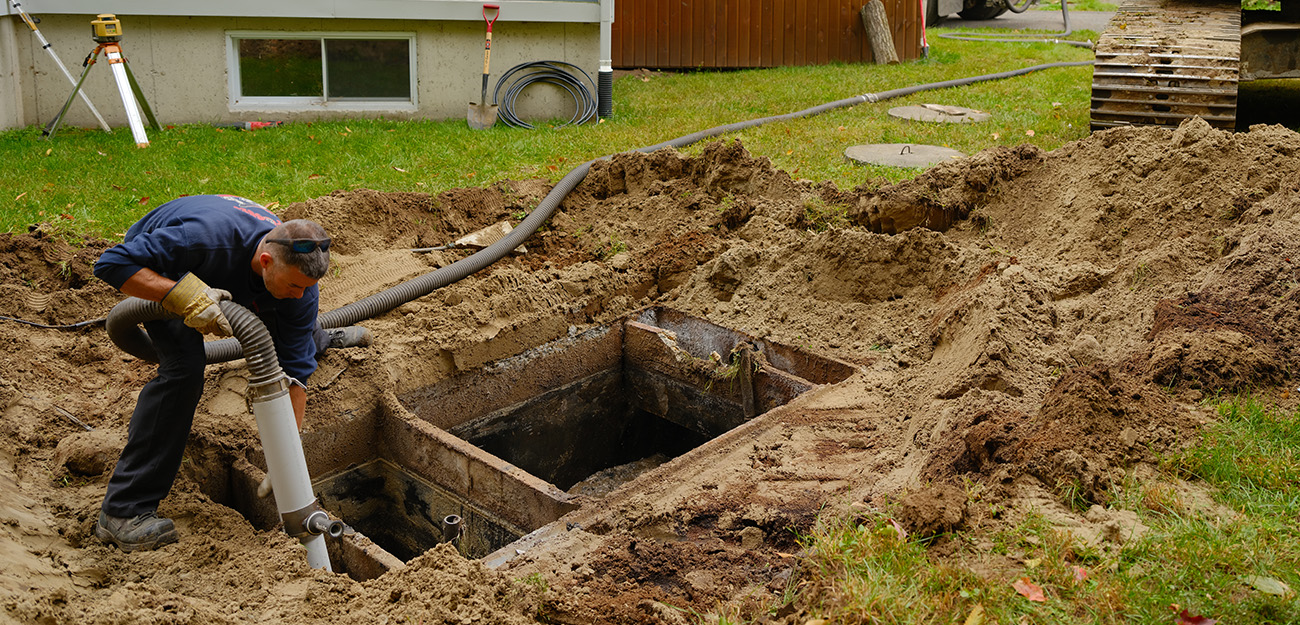Some aspects of home ownership are not noticed until they need attention. Septic tanks are one of the most important, yet often overlooked aspect of a house. It’s simple to assume that it can do its job without maintenance. However, like any other type of system, septic tanks have an expected lifespan and, eventually they’ll require to be replaced.
Cost of replacing a septic tank can be major financial burden to homeowners who aren’t ready. It is important to know the various factors that influence the cost of replacing a Septic tank.

To determine the real cost of a septic tanks replacement, you must take into account more than the price. It’s not simply an issue of taking out the old tank before installing the new one. Instead, multiple components and services contribute to the overall expense. Costs are charged at every phase of the project, such as obtaining permits, hiring professionals, and even excavation and installation.
The cost of replacing the septic system which includes installation costs for the leach field as well as the an septic system is an important factor. The price of a new tank will vary based on the dimensions and material of the tank as well as the level of complexity of installation. The price can be influenced by your location as well as local regulations and the soil conditions. It is recommended to consult with experts in septic systems who will evaluate your needs and provide you with an accurate estimate. They’ll take into consideration things like the dimensions and layout of the leach field, ensuring that you are aware of the overall cost in the replacement of your septic systems project.
In addition to the tank an additional major cost is the leach field, also known as a drainfield. This component plays a vital function in wastewater treatment as well as dispersal. It is important to consider the best option when replacing a damaged or defective leachfield, or one that is failing. This can affect the price of a replacement septic system. When calculating the overall expense, it’s crucial to take into account factors such as the size and composition of leach fields, accessibility and soil composition.
The homeowners must take into consideration the expenses that will be incurred by replacing the tank for septic. You may have to leave your house temporarily or reduce your use of water during installation. This issue should be taken into consideration when planning the project, as it can cause disruption to your routine and lead to additional costs.
Furthermore, it’s essential to realize that routine maintenance and maintenance of your septic system are essential to prolong its lifespan and decrease the risk of a premature replacement. The absence of routine maintenance work could lead to bigger problems down the line, such as tank failure or damage to the drainfield. Making a budget for septic maintenance is a smart investment that will save you cash over the course of time.
It is likely that you have noticed that determining the price of replacing an septic system isn’t an easy job. The cost of replacing your septic tank is determined by a number of factors. They include the size, material and complexity of the installation as well as the condition of the leach field. Your location as well as local rules will affect the cost. For an accurate cost estimate it is recommended to consult an expert who is experienced in the repair of septic systems.
If you’re thinking of replacing your septic tank, you might be shocked to find out there’s hidden expenses which you’ve not thought of. The costs can mount up quickly, which is why it’s vital to be aware of them before you make a decision. For more information, click septic replacement cost
The hidden costs of septic system replacement include:
The costs of permits and inspections. You will need to obtain permits from your local authority before beginning work on your septic system replacement. These permits can be expensive and you could also need to pay for inspections.
Cost for excavation and removal. The old septic needs to be taken away and dug up prior to the installation of a new system. This can be a costly procedure, particularly if the old system is located in an area that is difficult to access.
Cost of backfilling and Grading. Once the old system has been taken away, it will be necessary to grade and backfill the hole. This ensures that your new system drains properly.
Costs for landscaping. You may have to landscape the area after installation of your new system to keep it neat and tidy. It can be costly particularly if you have to hire a professional landscaper.
It’s crucial to take into account the hidden costs when planning your septic system replacement. This will allow you to avoid any unpleasant unexpected costs.
Eco-friendly septic systems can be a fantastic alternative for homeowners with a limited budget. They are cost-effective and environmentally friendly, as they help reduce pollution from water and help reduce runoff. These environmentally friendly solutions are now affordable and easily accessible. They’re the most suitable option for those who wish to limit their impact on the environment without breaking the bank. Making the switch to a greener system may require some upfront costs, but these are easily offset by the savings over time. Green isn’t just a trend, it’s a vital decision that every person ought to consider embracing if committed to preserving the planet for generations to come. With the proper system, you can ensure that your home is running efficiently efficient, efficiently, and without requiring any maintenance.
